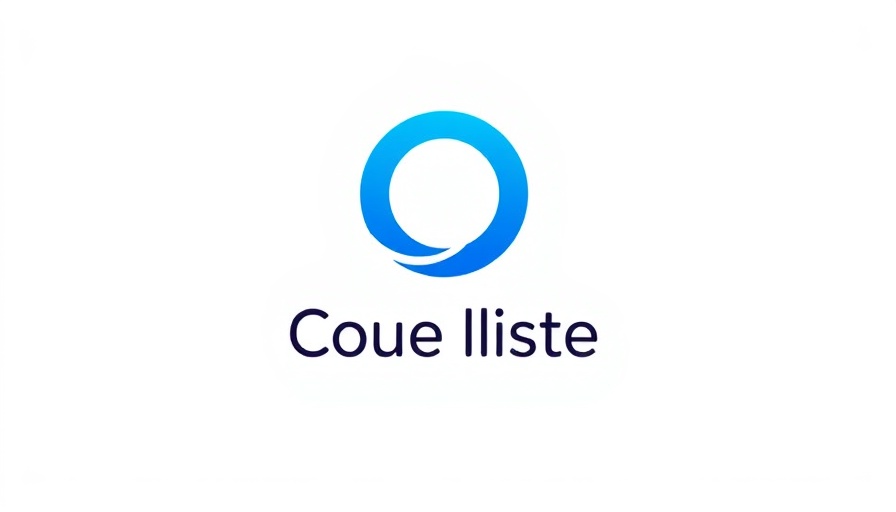
Understanding the Nature of Scams
In a modern world where technology can enhance connectivity, it has also created fertile ground for fraud. Con artists blend seamlessly into both personal and professional landscapes, appealing to our emotions and instincts. As Emmy-winning producer Johnathan Walton discovered, even those entrenched in business industries can fall victim. He shares his insights in his book, Anatomy of a Con Artist: The 14 Red Flags to Spot Scammers, Grifters, and Thieves, providing essential lessons for safeguarding against these threats.
The Real Costs of Trust
Johnathan Walton's unfortunate experience reveals a critical truth: even the most vigilant professionals can be manipulated. Scammers exploit trust and urgency, often cloaked in charm and rapport. Walton lost $100,000, a tangible reminder of the risks involved. Small businesses are particularly at risk as they often rely heavily on personal relationships and trust.
Recognizing Common Red Flags
Walton identifies multiple red flags that signal potential scams; however, he highlights seven that resonate particularly for small business leaders:
- Unsolicited Help: Decline offers for assistance on problems you haven't sought help for.
- Overwhelming Generosity: Be wary of lavish gifts or compliments too soon; slow the pace and consult trusted advisors.
- Constant Emergencies: If someone is always in crisis mode, carefully consider financial decisions made under pressure.
- TMI (Too Much Information): Many con artists overshare to create bonds quickly; maintain professional boundaries.
- Fake Evidence: Scratch the surface of 'proofs' provided; always verify through official channels.
- Exclusive Opportunities: Special deals presented only to you should raise eyebrows; consult with a trusted advisor.
- Multiple Red Flags: Recognize when enough indicators accumulate; trust your instincts to walk away.
Practical Steps for Protection
To fortify your business against scams, consider implementing verification protocols. Simple steps like establishing passphrases for sensitive exchanges or cross-checking unexpected opportunities can create a buffer from potential harm. Being proactive—before trouble finds you—is essential in maintaining the hard-earned trust and resources of your business.
Business lenders, banks, and brokers should stay vigilant and share this vital information with their clients to prevent falling prey to the ever-evolving landscape of scams. Remember, the best defense is often a well-informed one.
 Add Row
Add Row  Add
Add 




Write A Comment